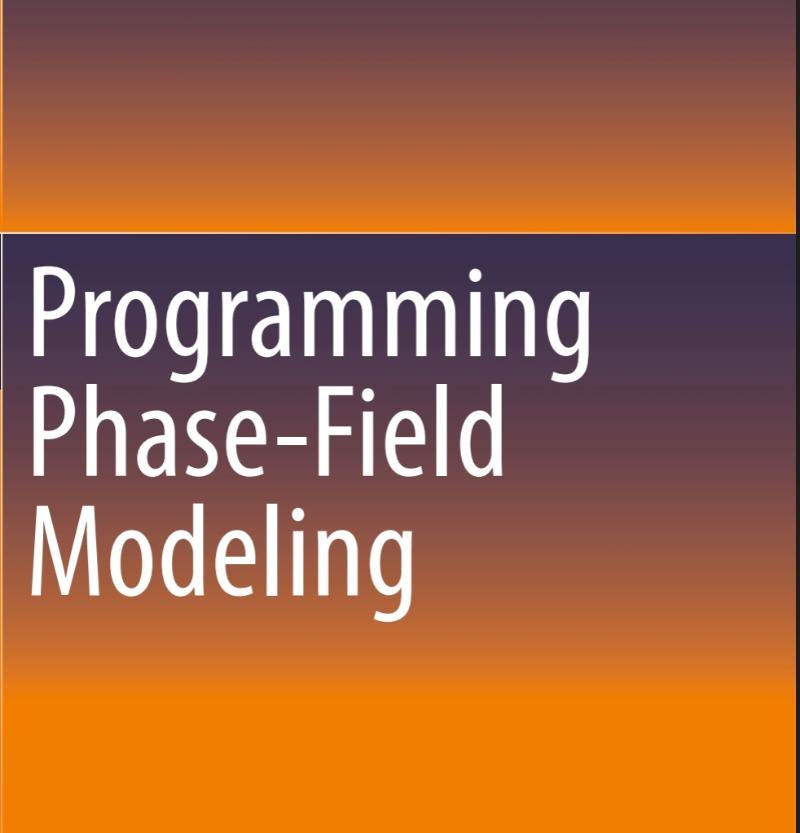 3月前
评论
3月前
评论
Programming Phase-Field Modeling - Chapter 4
Finite difference algorithms offer a more direct approach to the numerical solution of partial differential equations than any other method. Finite difference algorithms are based on the replacement of each derivative by a difference quotient. Finite difference algorithms are simple to code, economic to compute, and easy to parallelize for the distributed computing environments. However, they also have disadvantages in terms of accuracy and imposing complex boundary conditions. For better understanding of the method, the solution of one-dimensional transient heat conduction is given as an example together with the source code in this section.
 3月前
评论
3月前
评论
Programming Phase-Field Modeling - Chapter 2
Many of the fundamental theories of physics and engineering, including the phase-field models, are expressed by means of systems of partial differential equations, PDEs. A PDE is an equation which contains partial derivatives, such as in which u is regarded as function of length x and time t. There is no real unified theory for PDEs. They exhibit their own characteristics to express the underlying physical phenomena as accurately as possible. Since PDEs can be hardly solved analytically, their solutions relay on the numerical approaches. A brief of summary of the numerical techniques involving their spatial and temporal discretization is given below. These techniques will be applied to solving the equations of the various phase-field models throughout the book and their detailed descriptions and implementations are given in relevant chapters. There are numerous textbooks also available on the subjects, of which some of them are listed in the references.
